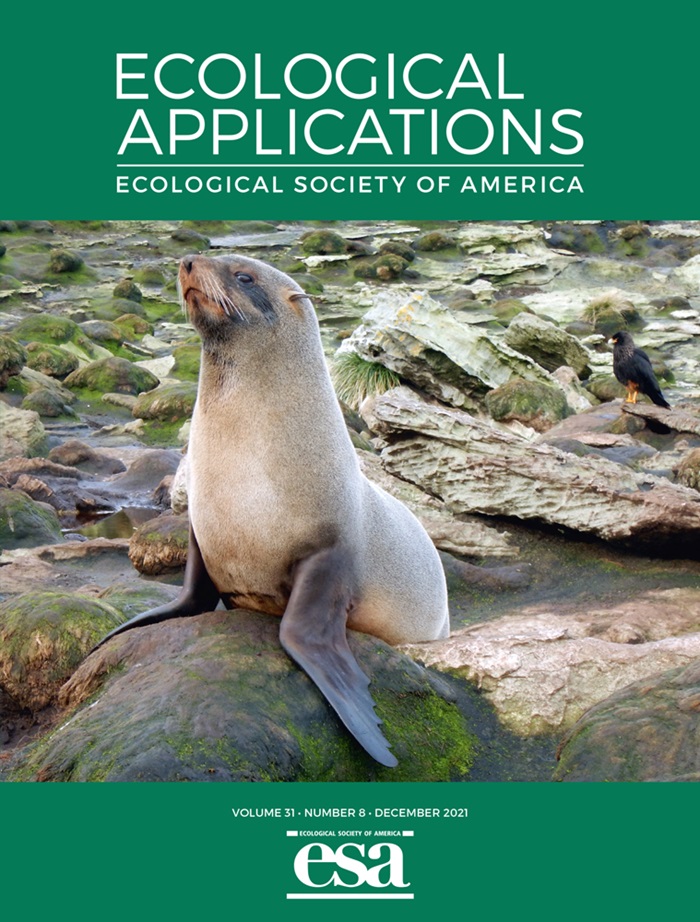Water availability boosts multidimensional plant diversity in a temperate grassland despite anthropogenic disturbances.
IF 4.3
2区 环境科学与生态学
Q1 ECOLOGY
引用次数: 0
Abstract
Global changes present significant challenges to biodiversity. However, how plant communities respond to climate change under various anthropogenic disturbances, and how different species groups contribute to these responses, remains poorly understood. Using an 8-year dataset from a temperate grassland and a multidimensional diversity framework (taxonomic, functional, and phylogenetic), we explored the interactive effects of climate change and anthropogenic disturbances (grazing, fertilization, and their combination). We found that (1) increasing water availability consistently boosted multidimensional plant diversity over time across all treatments. (2) However, disturbances, particularly their combination, weakened this positive climatic effect. (3) Differentiating the contributions of rare, common, and dominant species revealed contrasting responses to climate drivers, highlighting the importance of a multidimensional assessment. Grazing also heightened the community's sensitivity to climate change. Our study reveals that anthropogenic disturbances fundamentally modify plant community responses to climate change, providing critical insights for biodiversity conservation and sustainable grassland management under future climate scenarios.尽管存在人为干扰,但水资源可提高温带草地的多维植物多样性。
全球变化对生物多样性提出了重大挑战。然而,植物群落如何在各种人为干扰下对气候变化做出响应,以及不同的物种群如何对这些响应做出贡献,仍然知之甚少。利用8年的温带草原数据和多维多样性框架(分类、功能和系统发育),我们探讨了气候变化和人为干扰(放牧、施肥及其组合)的相互作用效应。我们发现(1)在所有处理中,随着时间的推移,增加水分可利用性持续提高了多维植物多样性。(2)然而,干扰,特别是它们的组合,削弱了这种积极的气候效应。(3)区分稀有、常见和优势物种的贡献揭示了对气候驱动因素的不同响应,强调了多维评估的重要性。放牧也提高了该社区对气候变化的敏感性。我们的研究表明,人为干扰从根本上改变了植物群落对气候变化的响应,为未来气候情景下的生物多样性保护和可持续草地管理提供了重要见解。
本文章由计算机程序翻译,如有差异,请以英文原文为准。
求助全文
约1分钟内获得全文
求助全文
来源期刊

Ecological Applications
环境科学-环境科学
CiteScore
9.50
自引率
2.00%
发文量
268
审稿时长
6 months
期刊介绍:
The pages of Ecological Applications are open to research and discussion papers that integrate ecological science and concepts with their application and implications. Of special interest are papers that develop the basic scientific principles on which environmental decision-making should rest, and those that discuss the application of ecological concepts to environmental problem solving, policy, and management. Papers that deal explicitly with policy matters are welcome. Interdisciplinary approaches are encouraged, as are short communications on emerging environmental challenges.
 求助内容:
求助内容: 应助结果提醒方式:
应助结果提醒方式:


